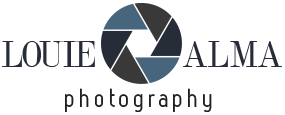IKEA’s stunning new cushion covers put a sophisticated twist on the coquette frilly cushion trend
We’ll take one in every colour
Photo/drone accessory powerhouse PGYTECH has updated their popular OneGo Solo shoulder bag. Three sizes accommodate a wide assortment of cameras, lenses and other gear. Priced from $79.95, the PGYTECH OneGo Solo V2 series offers high quality, attractive styling and an innovative approach to carrying your stuff. But they’re not perfect. Read on to view the Pros and Cons as we see them.
Our new Choosing Wisely series aims to deliver concise, summarized information about products we think you’ll like. You can read what Choosing Wisely recently wrote about the TTArtisan 50mm f/1.2 for APS-C cameras here.
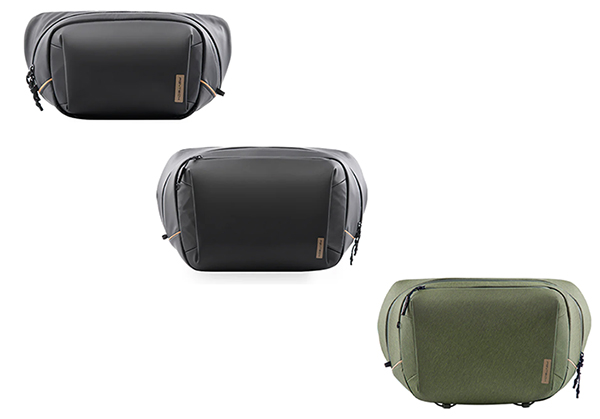
Overview
Camera bags are compromises, we always say, and all too often the reconciliations leave small accessories underserved. More than once I’ve dropped a spare battery or memory card into a jacket pocket and forgotten about it altogether. Come to think of it, I’ve done that with liverwurst & onion sandwiches, too, with even more lamentable consequences. That’s why it’s refreshing that the PGYTECH OneGo Solo V2 has enough compartments, pockets and pouches to hold more accessories than anyone should own.
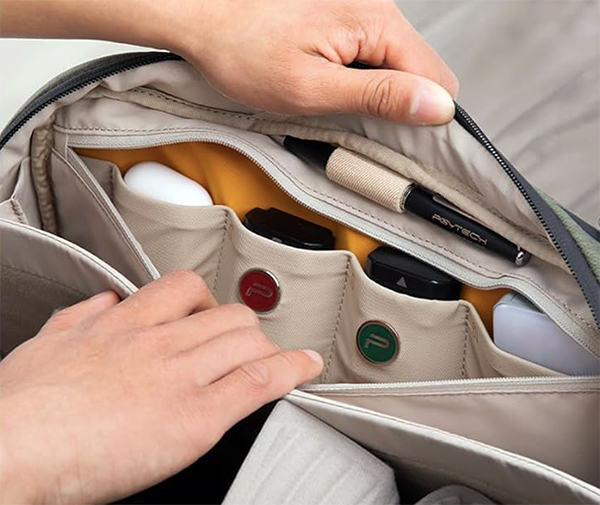
The largest model (10L) is roomy enough to hold one camera and three lenses, a drone, an iPad Pro, MacBook Air and one small tripod. The smallest (4L), which I have been using for a few weeks now, neatly stows my Fujifilm X-T5, lens, batteries, memory cards, flashlight, cables, two microfiber rags, a small tablet, paper notebook, pens, cables, a table top tripod strapped to the bottom and the uneaten half of the above mentioned sandwich.
The strap adjusts easily so one can shift quickly from bandolero-style to shoulder carry. The 4L is compact enough to carry in addition to a big all-in-one bag like the Domke F-2. All models are splash resistant and attractively styled. One feature I especially like is the color of the internal fabric—it’s light beige so it’s easy to search through the contents even in dim light.
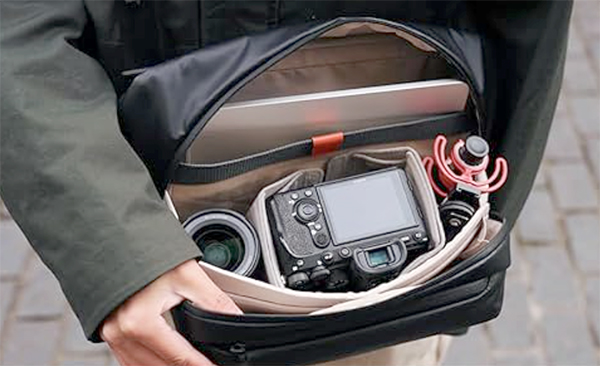
Key Features
Three sizes: 4L, 6L and 10L (L = Liter]
Abundant organizational compartments
AirTag pocket
YKK zippers
Scratch and splash resistant exterior
Water bottle pocket (6L and 10L only)
Light empty weight
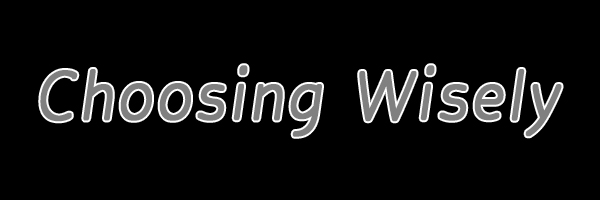
Reasons to Buy Today
High quality construction
Multiple pockets (including Apple AirTag pouch)
Stows tablet (size is model dependent)
Splash-resistant PU exterior coating
Strong YKK Zippers
Choice of three sizes and two colors
Reasons to Shy Away
Strap is sturdy but not detachable on 4L
Only two color choices (V1 offered three)
Sum & Substance
The PGYTECH OneGo Solo V2 bags are well-designed and provide ample organizational possibilities. Even if you have another bag you normally carry, a OneGo Solo V2 of the right size makes a useful addition to your carry solution. By all measures, PGYTECH is a competent and innovative manufacturer that considers every detail in every product they offer.
Price & Availability
Available today in Obsidian Black or Moss Green from Amazon, priced as follows:
4L costs $79.95
6L costs $109.95
10L costs $149.95
Visit the PGYTECH Store at amazon.com
Also available directly from PGYTECH’s official online store with shipping from a USA-based warehouse.
—Jon Sienkiewicz
(As an Amazon Associate, Shutterbug earns from qualifying purchases linked in this story.)
